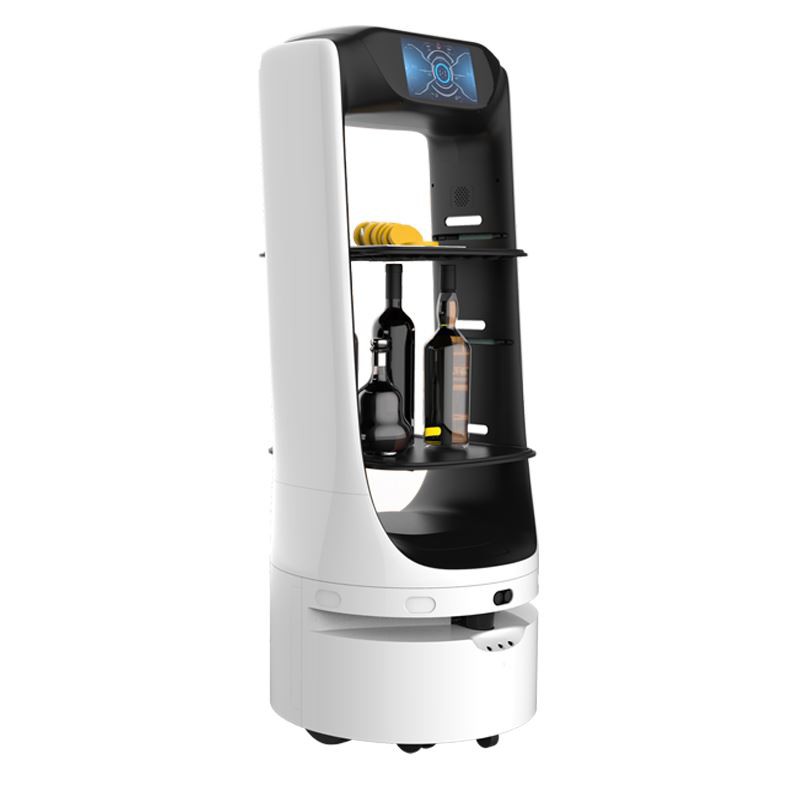"New infrastructure" accelerates the high-quality development of Shenzhen’s robotics industry. On the 29th, the Shenzhen Robotics Association and Shenzhen’s new generation of information and communication industry clusters released the "2019 Shenzhen Robotics Industry Development White Paper" (draft for comments). Data shows, 2019 The total number of robot industry enterprises in Shenzhen reached 757, with a total industrial output value of 125.7 billion yuan. Non-industrial robots such as household service robots, commercial service robots, and educational robots continued to grow rapidly. Among them, the output value of commercial service robots increased rapidly, accounting for non-industrial robots. More than half of the total output value of robots.

The "White Paper" divides robots into industrial robots and non-industrial robots, rather than industrial robots and service robots. The reason is that service robots in Shenzhen have differentiated in multiple application scenarios. Non-industrial robots represented by household service robots, commercial service robots, educational robots, special robots, medical rehabilitation robots, etc. are gradually emerging. Simple "service robots" are no longer sufficient. Generalize.
The "White Paper" shows that in 2019, the total industrial output value of Shenzhen's robotics industry was 125.7 billion yuan, an increase of 6.73% year-on-year; the number of enterprises reached 757, an increase of 16.64%. Among them, the output value of industrial robots in Shenzhen in 2019 was 82.2 billion yuan, a year-on-year increase of 2.33% compared to 2018. Although the growth rate of output value has slowed down, the growth is still stable; the total output value of non-industrial robots is 43.5 billion yuan, an increase of 27.94 compared to 2018 %, non-industrial robots continue to grow rapidly, and their output value has exceeded one-third of the total industrial output value of Shenzhen’s robot industry.
In recent years, Shenzhen has cultivated a number of innovative and influential robot companies, which have grown into leaders in various segments of the industry. Ubisoft, Leishen Intelligence, and Mozi (Shenzhen) Artificial Intelligence have long been leading the field of service robots; Langchi Xinchuang Technology, Huacheng Industrial, and Hongbo Technology are far ahead in the field of industrial robots; Aobi Zhongguang, Leisai Intelligence is well-known in the field of key components; TEDA Robot, Purdue Technology, Yuejiang Technology, and Yifeng Robot are all leaders in each segment.
